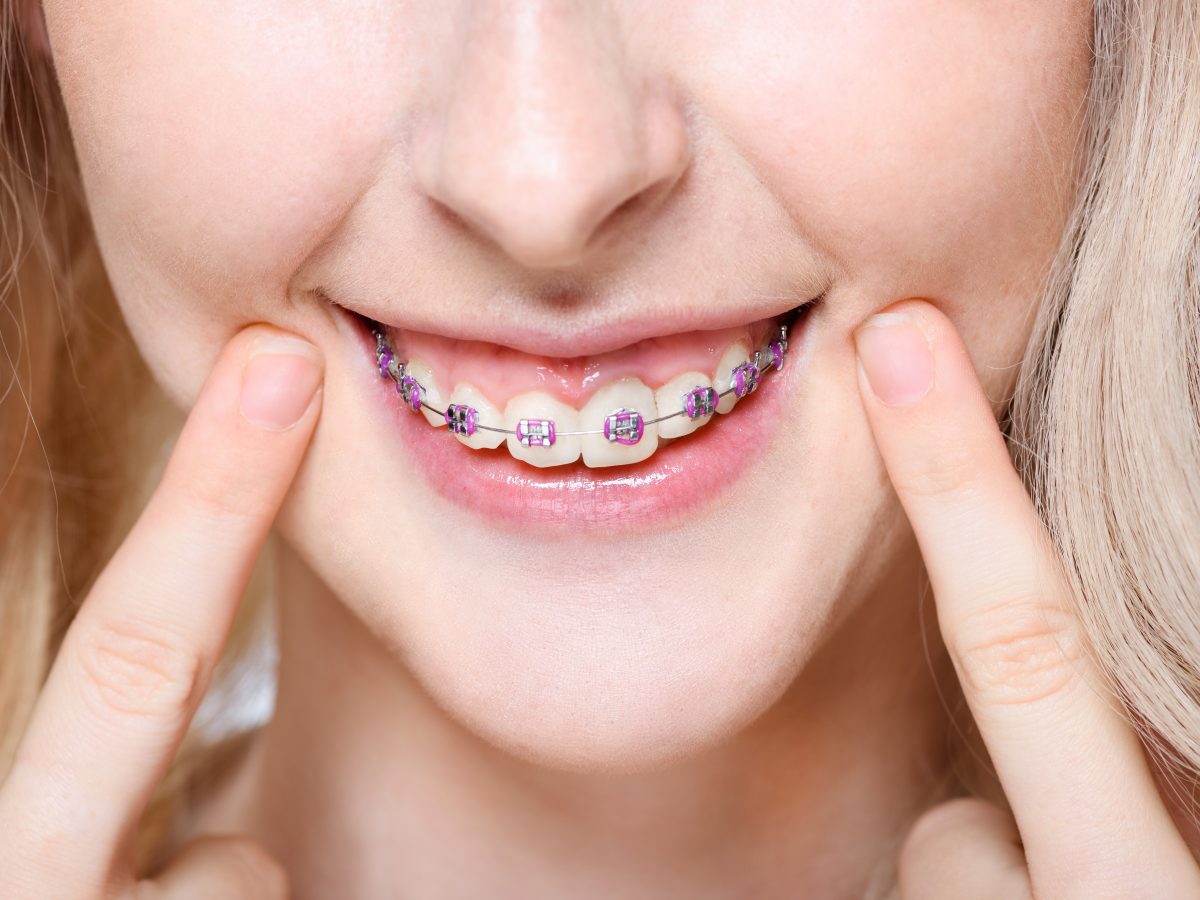Specialist Cumming Braces and Aligners: What to Know Before You Go to
Comprehensive Overview to Orthodontics Procedures for Dealing With Dental Imbalances
Recognizing the details of each treatment, including their systems, benefits, and prospective drawbacks, is important in making notified decisions concerning one's orthodontic therapy. As we navigate with the extensive guide to orthodontic treatments for dealing with oral misalignments, the intricate details of each approach will certainly unfold, shedding light on the course towards a harmonious and practical oral positioning.
Orthodontic Procedures Introduction

Along with conventional dental braces and clear aligners, orthodontists may additionally recommend various other interventions like headgear, palatal expanders, or retainers to resolve certain positioning concerns (orthodontist). These procedures are customized to every person's distinct demands and might involve a mix of therapies to achieve the preferred outcomes. Regular modifications and monitoring are critical parts of orthodontic treatment to make certain progress is on track and to make any kind of necessary alterations in the process. By going through orthodontic treatments, people can not only achieve a straighter smile yet also improve their general dental wellness and function.
Conventional Dental Braces: Just How They Function
When taking into consideration orthodontic treatments for dental imbalances, traditional dental braces stand out as a time-tested technique for fixing teeth positioning. Traditional dental braces are composed of brackets, cables, and bands that function together to apply constant stress on the teeth, gradually relocating them right into the desired positioning.
One trick aspect of just how traditional braces job is the procedure of bone renovation. As stress is used to the teeth through the dental braces, the bone bordering the teeth is reshaped to support the new tooth placements. This remodeling is vital for the lasting stability of the dealt with positioning. Individuals will need routine changes at the orthodontist's office to guarantee the braces proceed to use the proper pressure for reliable teeth activity.
Unseen Aligners: Disadvantages and pros
These clear, personalized trays are essentially invisible when put on, making them an attractive option for people seeking an extra cosmetically pleasing orthodontic therapy. Clients can get rid of the aligners prior to eating or cleaning their teeth, minimizing the risk of food getting stuck in the device and streamlining the cleaning process.

Surgical Orthodontic Options
Surgical treatments in orthodontics existing sensible options for dealing with intricate oral imbalances that might not be properly resolved through conventional orthodontic therapies. While conventional braces and invisible aligners can deal with several orthodontic concerns, particular instances call for medical intervention to accomplish optimum results. Surgical orthodontic alternatives are commonly recommended for severe malocclusions, significant jaw disparities, and instances where the underlying bone framework needs modification to achieve proper placement.
One usual medical orthodontic procedure is orthognathic surgical procedure, which entails repositioning the jaws to correct useful concerns such as problem chewing or talking. This check that surgical treatment is typically performed in cooperation with an orthodontist that helps straighten the teeth visit here before and after the procedure. Surgical orthodontics might also entail procedures to subject impacted teeth, remove excess gum cells, or improve the jawbone to create an extra unified face account.
Before thinking about surgical orthodontic options, patients undertake a detailed evaluation to establish the necessity and possible benefits of such treatments. cumming orthodontist. While surgery might seem overwhelming, it can substantially boost both the function and appearances of the smile in cases where conventional orthodontic treatments drop short
Retainers and Post-Treatment Treatment

Post-treatment treatment entails following the orthodontist's directions faithfully. This might include appropriate dental health techniques, attending follow-up visits, and using the retainers as suggested. Failure to adhere to post-treatment care guidelines can cause regression, where the teeth gradually return towards their original settings. Constant retainer wear, excellent dental hygiene, and regular dental check-ups are vital for maintaining the outcomes attained via orthodontic surgical procedure and guaranteeing the long-lasting stability of the fixed dental positioning.
Final Thought
Finally, orthodontic procedures provide various alternatives for correcting dental imbalances. Typical dental braces utilize metal brackets and cords to move teeth into proper alignment. Invisible aligners provide an even more very discreet alternative yet might not be appropriate for all cases. Surgical orthodontic options are available for extra serious misalignments. Retainers are generally made use of post-treatment to preserve the new placement. In general, orthodontic procedures can successfully enhance oral wellness and aesthetic appearance.
As we browse through the detailed guide to orthodontic procedures for dealing with dental misalignments, the detailed details of each technique will certainly unfold, dropping light on the course toward a harmonious and useful oral alignment. - cumming invisalign
One of the most common orthodontic treatments is the usage of dental braces, which consist of metal braces and cords that use gentle pressure to slowly change teeth into the desired setting.When taking into consideration orthodontic therapies for dental misalignments, conventional dental braces stand out as a reliable approach for fixing teeth placing. In addition, invisible aligners may not be suitable for complicated orthodontic problems that need even more substantial teeth movement, as they are normally advised for moderate to modest situations. Retainers are personalized orthodontic tools designed to hold teeth in their corrected placements after the conclusion of orthodontic therapy.